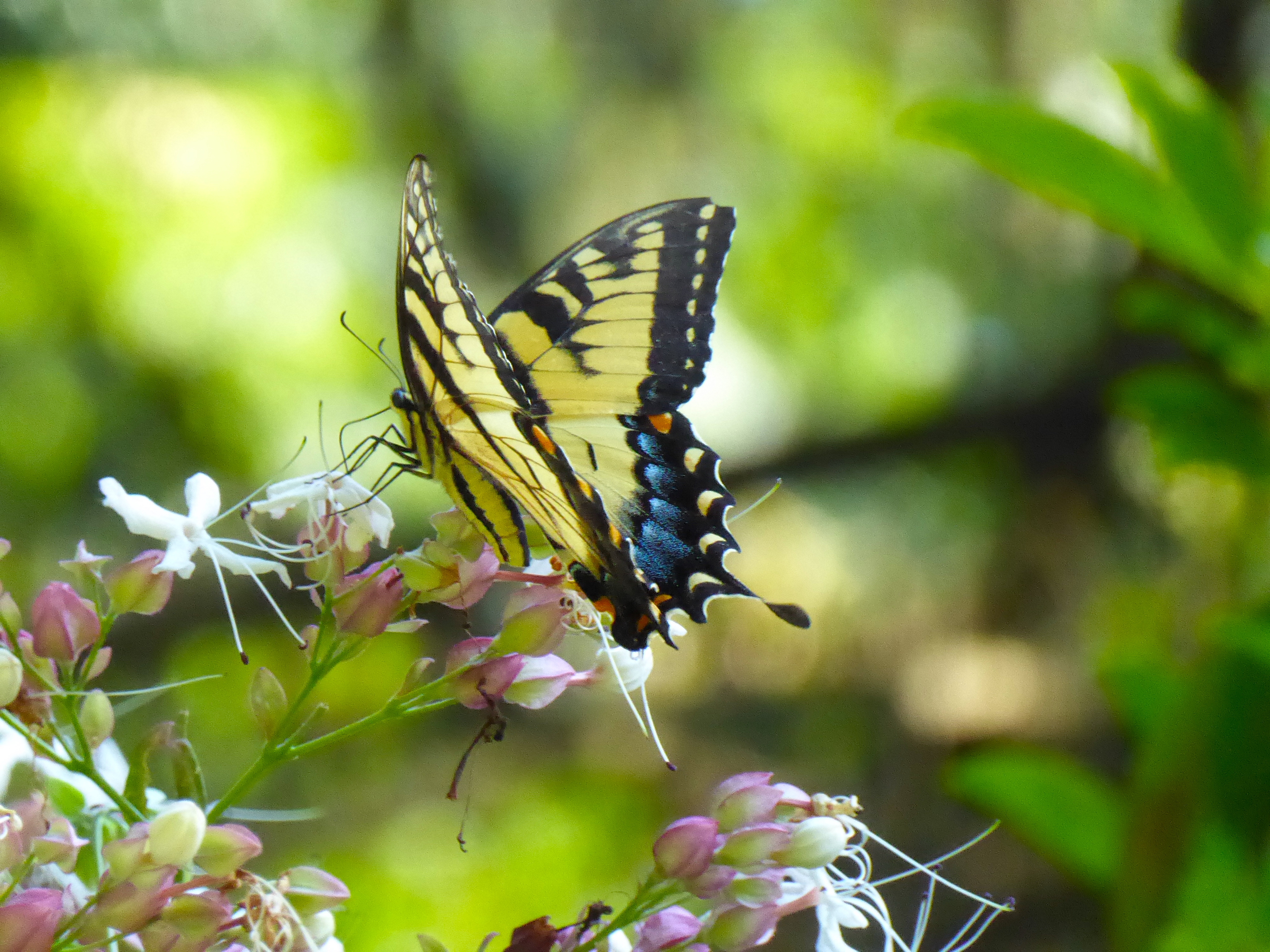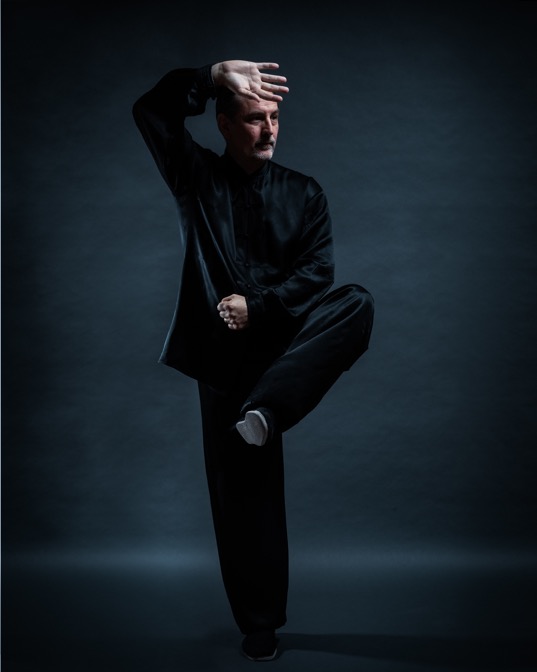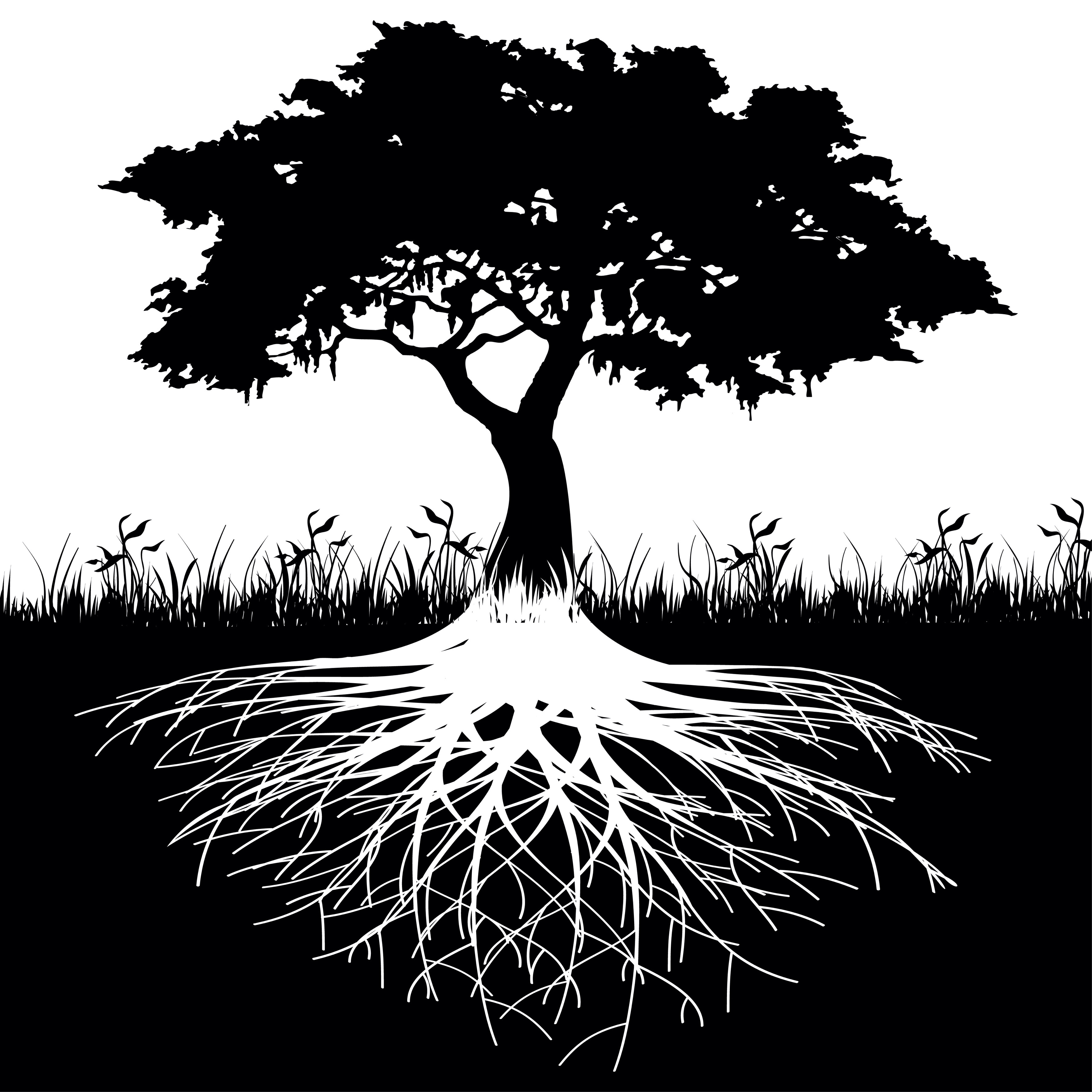April 2020
Struggling Gracefully
04/14/20 17:56

Life is a struggle, everyone struggles whether you are rich or poor, healthy or unhealthy happy or sad. We all struggle from the time we are born, our first breath is a struggle, our first steps are a struggle. We struggle through out our lives with relationships, with careers, with health concerns, and with financial issues. We struggle daily in the attempt to reconcile the events of our world, a world of suffering and strife and rapidly changing conditions. Some people appear to struggle well and some do not. A person who knows how to struggle well is more likely to be healthy, to succeed in life and to be able to fulfill their desires and dreams. A person who struggles poorly is more likely to suffer more, to be unhealthy and and to be disappointed with life.
Some people seem to struggle well and others do not. The ones that struggle well realize that life IS struggle and embrace the task with a sense of joy and challenge. These people succeed in the game of life and learn how to create the life they dream of. Then there is the person who shies away from the struggle and never learns how to assert themselves or develop the endurance it takes to transcend their known limits, or to take their creativity to the realm of making it reality.
I think of struggling as a form of exercise. I use it to develop strength, endurance and power. Over the span of my almost sixty years I have learned how to struggle well, to turn the awkward task into effortless art. In short, I have learned how to struggle gracefully. This has made a great difference in my life of constant struggle. Struggling gracefully has enabled and empowered me, where struggling awkwardly used to weaken and defeat me. I did not learn how to struggle gracefully overnight, although once I realized that I could, it seemed to happen immediately.
To struggle gracefully is to live gracefully.
I first became aware of the possibility of living gracefully by watching one of my early martial art teachers, a man who was then in his early sixties. He was a high school art teacher and a third degree black belt in Tang Soo Do, and the most graceful man I had ever encountered. He moved effortlessly whether he was sparing in the dojo, walking down the hall of my high school or sitting still in meditation. He was an enigma to me, a young teenager filled with anxiety and tension. He seemed magical and ethereal, yet solid and grounded. The image and feeling of his presence has stayed with me for over forty years and I still see his silken gate as he glided through the halls. Zen Buddhists refer to this as teaching with ONES BACK. In tai chi it is called direct transmission, the transfer of knowing and experience from teacher to student. It wasn’t until I started learning tai chi that I began to understand the concept of effortless being, and how to struggle gracefully.
Through the process of learning tai chi I learned how to see myself and my thought process. I became aware of my constant tension and my belief that I had to work hard at everything, all the time. I worked hard, played hard, struggled hard and would not let myself relax for fear of failure and vulnerability. Tai chi was difficult for me for some time. My teacher would constantly admonish me to open and receive, to allow tai chi to happen through me. This was an idea both foreign and frightening to me. How could I just let something happen?
It took some time and much repetition of the form to find a place of letting go, to gradually soften my effort and to allow. It started with observing my physical effort and using less. As I became more adept at using less effort and doing less physically, I became aware of my concentration. I could feel when I was concentrating too hard, and would soften my focus with an inner smile. Soften, smile breathe and allow. My tai chi form and the experience of tai chi itself began to transform with this new awareness. I felt freer and less anxious, more fluid and oddly more connected and grounded. This was a paradox, the less I did the more I experienced. What I ultimately became aware of was the intention within my form and how the intention to be soft and effortless made it so. Tai chi became effortless and graceful and so did other parts of my life.
I started to live tai chi instead of just practicing it for an hour or two each day. I applied the principle and the intention to BE graceful in all things. I found that I was no longer trying to play a role or prove myself in my relationships, I was just being present. I was no longer putting so much energy and effort into worrying about things I had no power over, I was simply allowing and responding as needed. One day as I was walking down the street I became aware of how much effort I was using to simply walk, and I decided to let go of my guarded determination. I found my pace slowing and my tension receding and I suddenly saw myself moving gracefully through space like my old teacher from Tang Soo Do.
Anyone can struggle gracefully. It's a wonderful feeling to be effortless instead of effortful. It's a powerful sensation to open and receive as you work, to use just what is needed for the task at hand. This takes a degree of sensitivity and trust. To trust yourself enough to allow, and to not push quite so hard at everything. Play with this intention and see how it feels. Play with it constantly and watch your life change from heavy and hard to soft and light.
Integrity is the goal
04/10/20 18:15

Photo by Nina Wurtzel
Integrity
Many an ailment can be healed through integrity, stress, anxiety, headaches, backaches, fears, and phobias to name a few. Living with integrity makes your life easier and far more productive. Imagine accomplishing all of your tasks and fulfilling all of your responsibilities using half the energy and effort you use now. Effortlessness is one of the hallmarks of integrity, abundance of energy is another.
Before I learned the value of integrity I worked far too hard at everything. I was always tired and frequently sick and injured. I suffered from constant anxiety and lower backaches. I wasted seventy percent of my energy through anxiety, tension and scattered focus. It wasn’t an issue of not being organized I was very organized and still worked too hard. I worked too hard at everything all the time because I was taught that hard work was the only road to success and failure in life was the result of laziness. This was how I was educated, to work hard at all things all the time. I never questioned the puritan work ethic until I found myself partially paralyzed with a herniated disk at the age of twenty-six. Unable to work let alone work hard, I found myself with the time and space to examine my life. I was exhausted, dehydrated and in excruciating pain. How did I get to this point at such a young age? This was a crucial turning point for me. Up until this point I had suffered a host of injuries and illnesses without questioning myself. I just went to rehab, got better and worked until I fell apart again. This time was different though, this time I was really scared. I realized something had to change or I was going to end up in a wheel chair or walking with crutches for the rest of my life.
After some time and deep contemplation I realized how much I was motivated by the fear of “not enough” and I saw how that belief drove me to push too hard and kept me in a state of fragmentation and anxiety. I felt like I was broken into several pieces and each piece had its own agenda. What I needed most was to heal these pieces by bringing them together as one, to first become sound and whole before I could really change and heal myself, and so my life training began.
Initially I approached the task the same way I approached every task, I worked too hard at it. I used too much effort and tried to overpower my circumstances with force of will. This only made things worse. Then I made an ancient discovery, I discovered the power of softness. I shifted my focus from hard to soft and allowed myself to receive inner guidance through meditation and listening. What I found in this approach was nuance and clarity. Every time I sat still and focused on breathing and listening I felt better, I could feel all those fragments coming together like drops of water joining into one big lens of clear focus. In time I realized what I was doing, creating integrity of mind-body-spirit.
Over a period of time and practice I was able to sense the distinct feeling of clarity and calm that came with this state of integrity. I felt less and less anxious and I noticed that I pushed less and allowed more as well. Everything became a bit easier, more fluid and graceful. The image of integrity as a state of wholeness and strength grew clearer with each repetition, and after a while I noticed I could create the feeling and the state of being just by breathing and focusing on the mental picture. That was when I realized that creating integrity was not hard, did not require maximum effort to create or the fear of “not enough”, all it took was for me to make a clear choice and to own it.
The Root of All Dis-ease
04/09/20 14:59

I know you have heard this before, but I feel it needs repeating. The root of all dis-ease is fear. Fear is the source of stagnation, paralysis and decay. When fear takes hold in the body and mind, dis-ease begins to grow. It starts as a mild anxiety that affects the breathing pattern, the diaphragm tightens and the ability to breathe deeply and freely decreases. As the breath shortens the awareness of oxygen deprivation sets in and anxiety increases. Anxiety creates more tension and resistance and weakens the immune system which opens the gate to illness and dis-ease.
Fear is pandemic, it is the staple of humanity in this time of uncertainty and as such it is always present to some degree in someone close to you. Because the energy of fear is so prevalent it is almost impossible to avoid or escape, so stop trying. Instead, learn how to deal with fear and use fear as an opportunity to exercise and strengthen your personal power of command.
Here is how I respond to fear.
1. Acknowledge and accept that fear is present either in yourself or in the people you are connected to. Denial of fear is dangerous and reckless.
2. Respect fear for what it is, a powerful force of feeling and energy capable of motivating you into action or paralyzing you into inaction.
3. Listen to the message of fear. What is it telling you, what do you need to be aware of? Awareness brings insight and direction, a path for action.
4. Respond and take action. Your first response is to BREATHE fully and rhythmically to prevent fear from growing too powerful. Breathing rhythmically will keep you from locking up and freezing, it will help you maintain a fluid state of presence.
5. Ground and discharge excess fear, (the result of overreacting). A small amount of fear is stimulating and can be used as fuel for action. A moderate amount of fear creates tension and resistance that will slow you down and make any action harder. Extreme fear creates paralysis and will render you immobile and unable to take any action. Grounding is an essential skill for health, healing and performance, learn how to ground yourself quickly, the faster you ground and discharge fear the easier it is to control and command.
6. Practice! Practice frequently and responsibly. Do not delay, do not let fear take hold and fester, neutralize fear the moment you sense it. Incorporate grounding and discharging fear into your existing exercise routine and into your daily schedule. This will prevent the energy of fear from taking root and growing inside your mind and in your nervous system.
I have been wrestling with fear my whole life (like everyone else on the planet). Fear motivated me to study martial arts in the hopes of defeating fear with strength. I soon realized that physical strength is no match for fear, for once I tired, fear crept in like the tide at night and washed over me. I tried to bargain with fear by rationalizing with it and failed. Fear does not respond to rational dialogue, it flows around it and finds a loop hole in your logic. I fought fear with anger until anger made me sick and tired. I tried drugs, but when the drugs wore off I was still afraid. It wasn’t until my son was born that I found the clue that led me to a new understanding of what fear was and how it functioned.
I was playing with my son at the playground one day when he was about two years old. He was standing on a platform about four feet off the ground, I was standing in front of him with my arms out stretched trying to motivate him to jump into my arms. The thought of jumping into space was scary to him and he hesitated and backed away from the edge. I found my self mouthing the words I had heard all through my childhood, “don’t be afraid, just jump”. As I heard the words I realized how absurd they were. I was telling my son to ignore a survival instinct, to pretend that he was not feeling what he was feeling and then judging him for it as well. I pleaded and he became frustrated and angry. This was the wrong path to travel, so I stopped and took a deep breath. As I looked at my son frozen with fear, I realized something fundamental about fear. Fear was a feeling and an energy, a specific energy whose attribute was paralysis. I saw my son locked up in the grip of an energy that was not moving. I realized what was needed and I changed my approach. I acknowledged the energy and said “it’s o.k. to be afraid, just take a deep breath, bend your knees and fly”. It took a few deep breaths to set the energy into motion and then he jumped, well sort of fell forward really, but he set his energy into motion and acted. Well, once the first jump was over he climbed right back up on that platform and jumped again and again and again, each time with more joy and excitement and a little less fear. I learned from my son that day how to respond to fear. Acknowledge fear but don’t make fear the issue. Respond with courage by setting fear into motion with your breath and fly.
If you focus on fear directly it will paralyze you like the eyes of a hungry tiger. Soften your focus and observe fear with indirect awareness as if looking at it with your peripheral vision and breathe deeply and rhythmically. Send the energy of fear through your body and into the ground as you breathe. This is the secret of taking command of your mind and your energy. Practice this and master this until it becomes your first response to fear, your only response to fear. With practice you will learn to recognize fear in its infancy and take action when the energy of fear is small and weak and easy to neutralize. Fear is a signal to take action, to respond. The problem is when we wait too long to respond and the energy of fear grows too strong. The stronger the energy the more effort is required to move it. That’s why most people use anger to overcome fear. Anger is a powerful force and is often used to set ones energy into motion in the face of fear. It works, no doubt about it, but it is also a destructive force when used as the only response to fear. I know a lot of people who use anger as their primary fuel on a daily basis. After a while anger takes its toll on ones health and mental outlook, it’s like using acid to fuel an automobile, after a while it eats through the body and renders the car useless.
The energy of fear can be used to your advantage. It can warn you of danger and of the need to act in a timely fashion. Listen to it without indulging in it. Soften, smile and breathe!